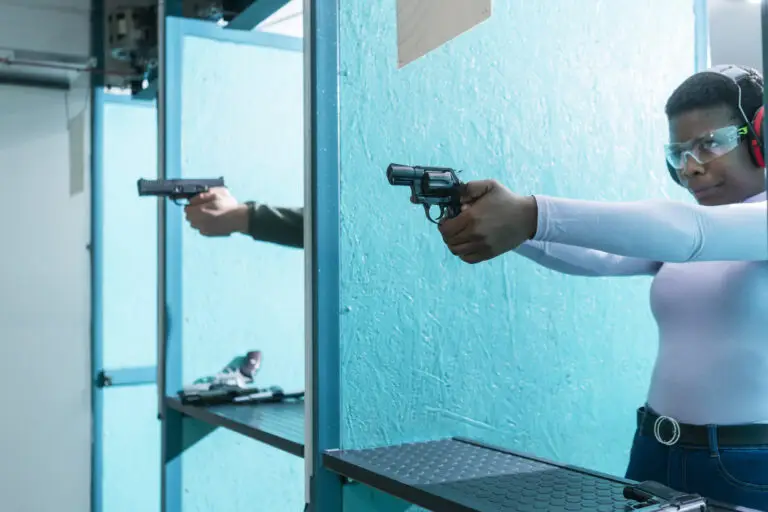
Two of the most important areas of interest will always be recent court decisions and use of force issues.
~ Barry M. Baker Tweet

Detective Lieutenant Barry M. Baker (ret.) is a 32 year veteran of the Baltimore Police Department.
Police In-Service Training is a process of classroom and firearms training that you’ll be attending throughout the rest of your career. You might think you’ve seen the last of classroom training once you’ve completed the police academy, but you’ll be wrong. You’ll be returning to the classroom to be updated on the ever changing issues that affect police work.
Your continuing classroom training and firearms requalification referred to as In-Service Training will rarely exceed 40 hours per year. The length of police in-service training is determined by your state’s police training commission to maintain your police certification.
If you’re a working cop, the biggest problem you’ll encounter is scheduling, because court appearances come before anything. There must be a legitimate reason for missing court, but I can’t think of one right now. Add your court commitments to your department’s staffing requirements, and you’ll want to schedule training at the first opportunity.
What Subjects Will be Covered?
The subjects can cover any number of things. Forty hours is only one week, and that’s not a lot of time. Police in-service training has to address training updates, and it has to keep you proficient with your firearm.
Two of the most important areas of interest will always be recent court decisions and use of force issues; however, some of those forty hours is going to be wasted boring you to death with politically correct junk. You do need to pay attention to the junk instruction, so you can avoid becoming a politically incorrect victim.
Police In-Service Training can be Important for the Trainers
In one, to remain unnamed, police department, the police academy underwent some personnel changes. The new personnel were encouraged to “think out of the box,” and that’s exactly what they did.
Somebody in the group decided the use of deadly force instruction should be tweaked to make it more effective. They began instructing police recruits on the importance of sounding serious when pointing the service pistol at a suspect.
The tweak would consist of screaming profanity at the suspect, and the desired result was even more absurd. The suspect would perceive you as a raving lunatic, and he’d be more likely to comply with your profanity laced commands.
Thankfully, racial slurs were not included on the list of the acceptable profane vocabulary.
Fortunately, this idiot instruction died a quick death when it was instituted in the police in-service training. The in-service students were not recruits, and it was pointed out that the instruction was a violation of departmental rules and regulations. The instructors suffered a lot of embarrassment, but it just shows that nobody is perfect.
The most important thing to remember is that a police career is a continuing education for everybody, and your police in-service training is but one small part of that education.
Related Content for Police In-Service Training
Advertisements


